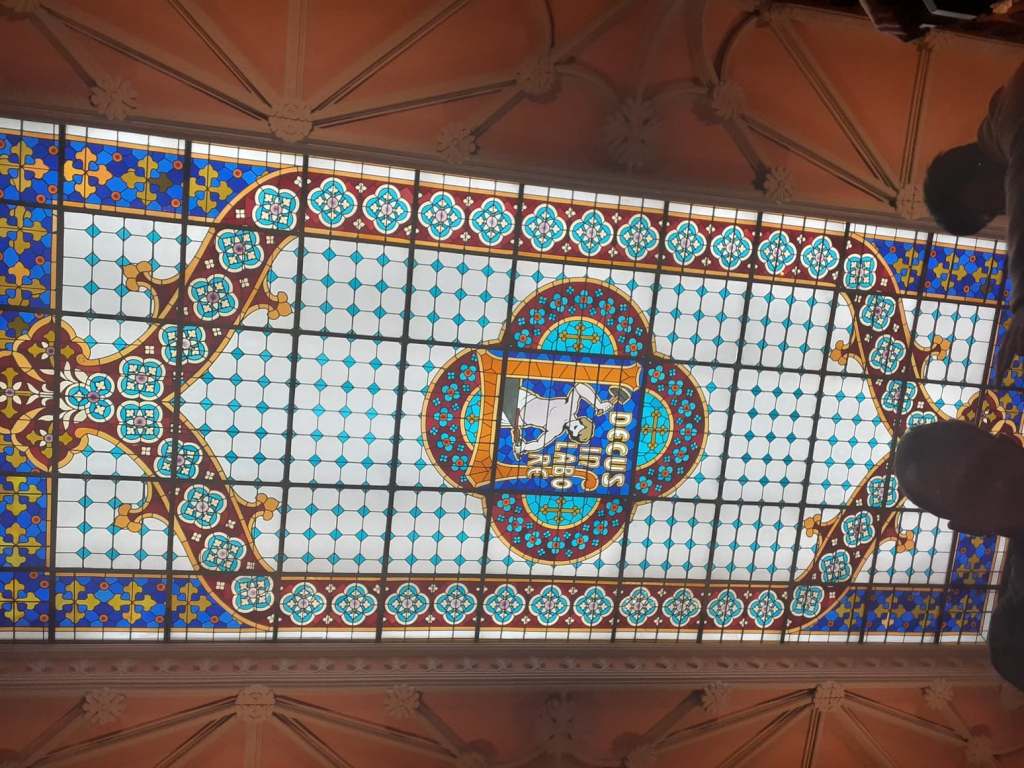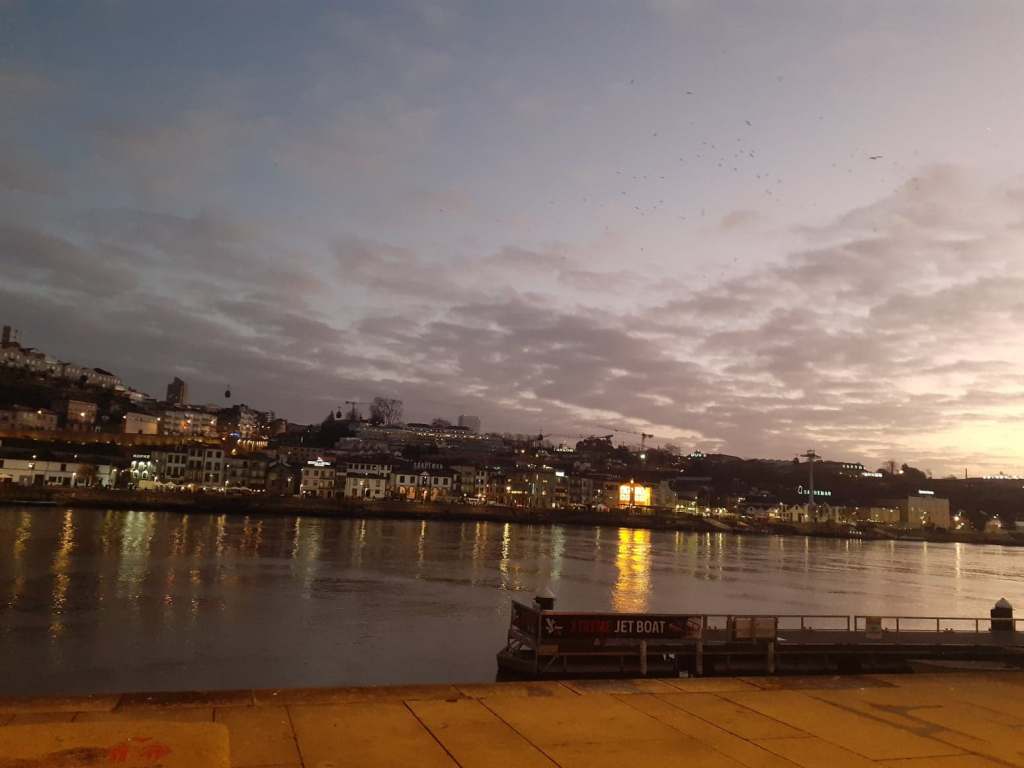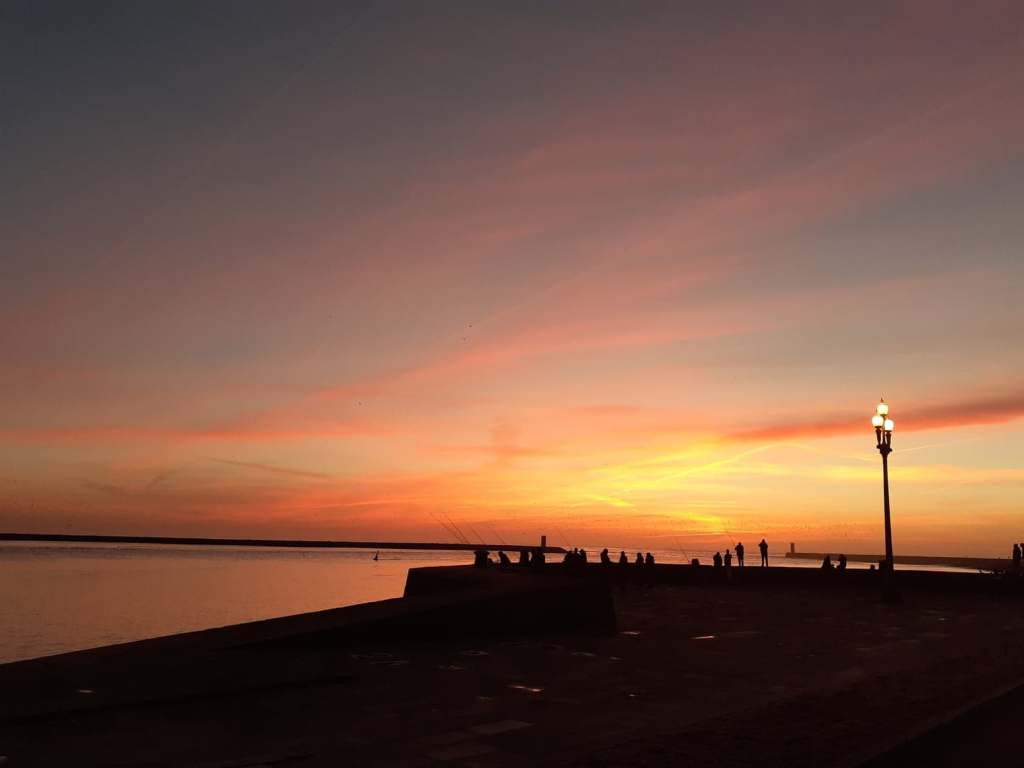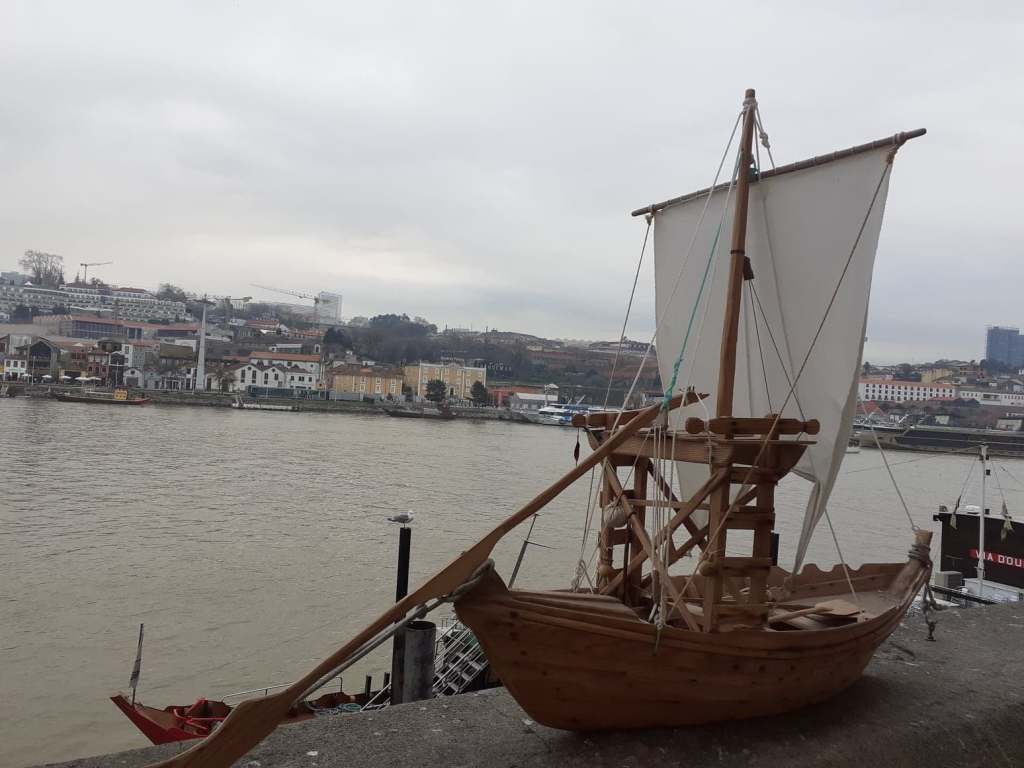Lisbon and Porto are the most famous places of Portugal. The spirit of Portuguese life can be felt better in Porto, a city whose western part extends to the coastline of the Atlantic Ocean. So a day at the ocean is also a variant for this destination!On the shores of the Douro River and the North Atlantic Ocean, the Foz Do Douro is blessed with beaches, castles, galleries, markets and many restaurants.
The second biggest city of this country developed during Roman occupation as an important commercial point.In 711 fell under the control of the Moors. In the 14th and 15th centuries the shipyards contributed to the development of Porto. In 1415,Prince Henry the Navigator started its conquests.
What is facinating about Porto are the narrow streets and colorful houses, breathtaking views from both the city and the Douro river , its galleries full of ancient and contemporary art, its gardens and museums, and its restaurants with both traditional food:codfish recepies,tripes based food and Fracesinha( a sandwich containing different type of meats, cheese and a beer and tomato sauce).
The Ribeira District, a labyrinth of cobbled ,ancient houses and Dom Luis I Bridge, a double-deck metal arch bridge that spans the river Douro between Porto and Vila Nova de Gaia, built in 1876 and having 172 meters ,became a World Heritage Site (Unesco) in 1996.
Riberia is one of the oldest areas of the city and one of the most beautiful, as well. The landscape over the river and the rabelo boats (a traditional Portuguese wooden cargo boat used to transport people and goods along the Douro River) that cross the waters make the delights of tourists and locals alike.
Igreja de São Francisco one of the famous landmarks of Porto looks from the outside to be an austerely Gothic church, but inside it hides one of Portugal’s most dazzling displays of baroque finery.
The palatial 19th-century Palácio de Bolsa, formerly a stock market, was built to impress potential European investors. It served as a stock exchange building in the 1800s. The Neoclassical style façade dates back to the 19th century. Even though the general structure of the palace was finished by 1850, ornate architectural details continued to be added till the early 20th century by different architects. It has been classified as a UNESCO World Heritage Site.
The Clerigos Tower is one of the biggest landmarks of the city. And the tour through Invicta (another name for Porto) is not complete without a visit to this monument. At the time of its completion in 1763, it was the tallest structure in Portugal. This imposing masterpiece is the work of Nicolau Nasoni, an 18th century Italian architect whose stroke of genius can be found all around northern Portugal The rooms off the stairs are home to an exhibit documenting the history of the 18th-century tower’s inhabitants and architects. One of the best views of the city is at the top of this tower 75 meters high, but to enjoy it you will have to climb 225 steps.(they can be pretty narrow!)
Lello Library is one of the most emblematic bookstores. It is right in the center of Porto and is part of its historical heritage. It appeared in 1906 at number 144 Rua das Carmelitas. And it remained there until today, with the neogothic architecture that characterizes it, the carved wood, the golden columns and the ornate ceilings that form a unique calling card. If you are a fan of the Harry Potter saga, know that this bookstore served as an inspiring setting for author J.K. Rolling, who lived in Porto.It is very crowded and quite expensive. But it is worth a visit!
Soares dos Reis National Museum is a good choice is you are into art. The museum has a vast collection of paintings from the 16th to the 20th centuries, ceramics, sculpture, engraving, jewellery and textiles. On the walls of this museum you will find paintings by great Portuguese artists such as Henrique Pousão, Silva Porto, António Carneiro, Aurelia de Souza or Amadeo de Souza Cardoso. An exterior garden would charm you with its Portuguese flavour.It is housed in the lavish Carrancas Palace and named after famous Portuguese sculptor Soares dos Reis.
The best known cafe in Porto, the Majestic Cafe, is famous for its elegant architecture. The gilded woodwork, chandeliers, paintings, and upholstery of Majestic Cafe can give any of Porto’s monuments a run for its money. The cafe opened in late 1929 and is a must see for everyone coming to Porto.
Porto Cathedral is the city’s largest place of worship. It was built around the 12th century but significant renovations of the facade have taken place since then. And although the Cathedral is identified as a fine example of Romanesque design, it embodies an eclectic mix of Gothic, Baroque and Romanesque architecture.
Fascinating streets, old and impressive churches, bridges and of course, the wine! Too good to be missed!








